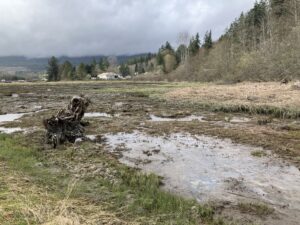
Examine Discovery Bay’s Past Tsunami Record Using Two Contrasting Evidential Methods
There are at least two salient features of Pacific Northwest history: an extremely active geologic past, coupled with a region inhabited by indigenous peoples since “time immemorial”.
These two features share common ground at Discovery Bay on the Quimper Peninsula of Washington State. Many tsunamis have occurred at this bay over at least the past 3000 years, during which time the area was concurrently inhabited by indigenous peoples.
This field trip examines the geologic and anthropological evidence of the occurrence of multiple tsunamis in Discovery Bay. Our field trip leaders, Dr. Carrie Garrison-Leavy (geologist) and Dr. Alexandra Peck (anthropologist), are active researchers in their respective fields, which are specific to this topic. They lead us through an examination of the possible link between tidal marsh tsunami sedimentation and indigenous oral histories as contrasting evidential methods of recording tsunami history.
About the Speakers
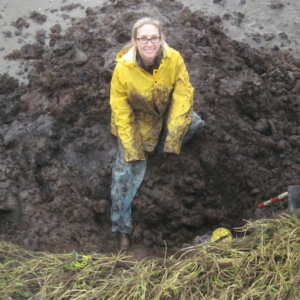 Dr. Carrie Garrison-Laney is a Coastal Hazards Specialist at Washington Sea Grant and a liaison to the NOAA Center for Tsunami Research. A focus of Carrie’s research has been the age and distribution of paleo-tsunami deposits with lessons learned from historical events. She earned her PhD from the University of Washington.
Dr. Carrie Garrison-Laney is a Coastal Hazards Specialist at Washington Sea Grant and a liaison to the NOAA Center for Tsunami Research. A focus of Carrie’s research has been the age and distribution of paleo-tsunami deposits with lessons learned from historical events. She earned her PhD from the University of Washington.

Dr. Alexandra Peck is professor and Audain Chair in Historical Indigenous Art at the University of British Columbia. Trained in archaeology, her research explores pre-colonial Native life, cultural change, and social interactions on the Olympic Peninsula. With extensive academic publications, she is also co-editor of Archaeology in Washington.
Carrie suggests for the wetland portion of the trip:
Wetland participants must come equipped with at least knee-high boots since the tsunami sediments are exposed in a tidal marsh. This will be messy but fun!!!!

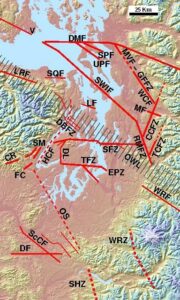
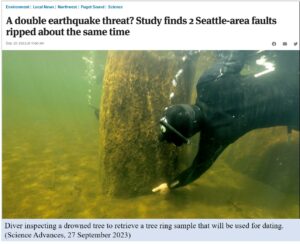
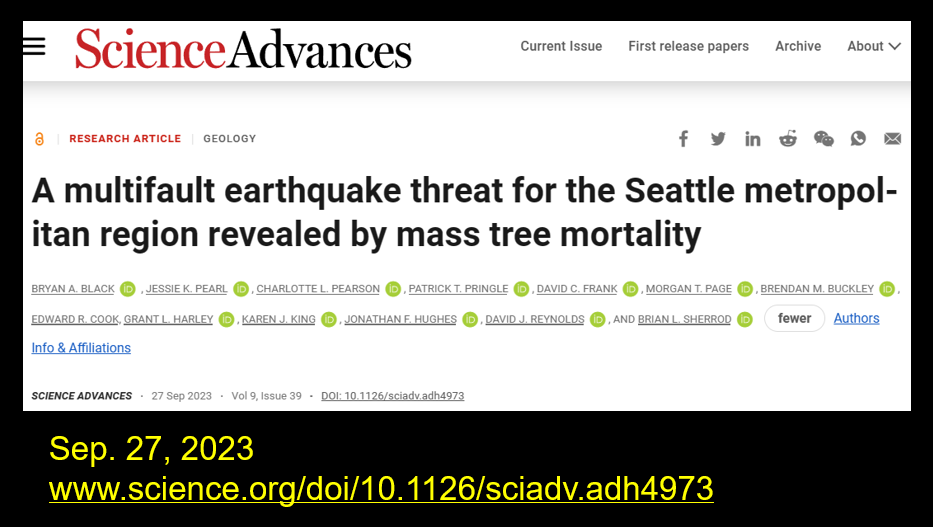
 THE SPEAKER:
THE SPEAKER: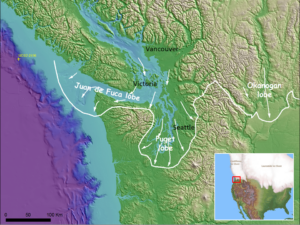
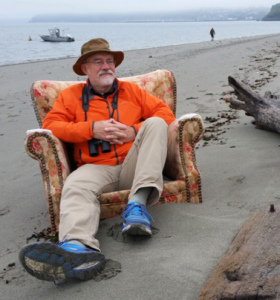 Ralph Haugerud is an exceptional geologist. Many describe him as a structural geologist and geologic mapper interested in the evolution of the Pacific Northwest, and many know about his popularity from being featured on Nick Zentner’s programs.
Ralph Haugerud is an exceptional geologist. Many describe him as a structural geologist and geologic mapper interested in the evolution of the Pacific Northwest, and many know about his popularity from being featured on Nick Zentner’s programs.